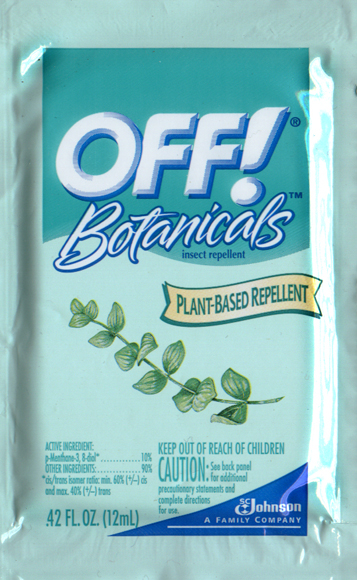Signal words are required on nearly all pesticide products registered and labeled for sale in the United States. The signal word gives a pesticide user a way to quickly assess the relative hazard level associated with using a product. There are three signal words in use today: CAUTION, WARNING and DANGER.
These three signal words are associated with toxicity categories established by the U.S. Environmental Protection Agency (EPA). These four categories can be roughly described as:
- Toxicity category I is Highly toxic and Severely irritating,
- Toxicity category II is Moderately toxic and Moderately irritating,
- Toxicity category III is Slightly toxic and Slightly irritating,
- Toxicity category IV is Practically non-toxic and not an irritant.
Signal words are assigned to the four categories like this:
| Category | I | II | III | IV |
| Signal word | Danger | Warning | Caution | Caution |
Notice that Categories III and IV are both assigned the same signal word, “Caution”.
Where do I find the Signal Word?
Look for the signal word on the very front of any pesticide label. It is generally printed next to the mandatory KEEP OUT OF REACH OF CHILDREN statement that is found on all pesticides.
Products without signal words
If you find a product being sold without a signal word there are several possible explanations. The product could be illegally labeled, in violation of the Federal Insecticide, Fungicide and Rodenticide Act (FIFRA). Some imported pesticides show up in U.S. retail outlets without an EPA-registered label. Such products may be unsafe and should be reported to your state pesticide regulatory agency.
A pesticide without a signal word may also be one of the so-called exempt or minimum risk products, allowed under a section in FIFRA known as 25(b). These 25(b) exempt products are limited to a few active ingredients that EPA determined could be generally regarded as safe.
Finally, it could be one of a very few products labeled since a recent ruling by the EPA allowing certain newer Category IV insecticides to be labeled without a signal word. One of the first such products, from DuPont, is the turf insecticide Acelepryn, registered in 2008.
Using signal words
One of the best uses of a signal word is when you select and purchase a pesticide product. If you have a choice between comparable products, it’s best to choose the one with the lowest hazard rating. Most consumer products these days are sold with Caution signal words, but it’s still important to check first. If you are considering purchase of a product with a Danger or Warning signal word, be especially careful to read the safety precautions on the label, especially those regarding protective clothing and where the product may be safely used.
Author:
Michael Merchant, Ph.D., Professor and Extension Urban Entomologist, Texas AgriLife Extension Service
